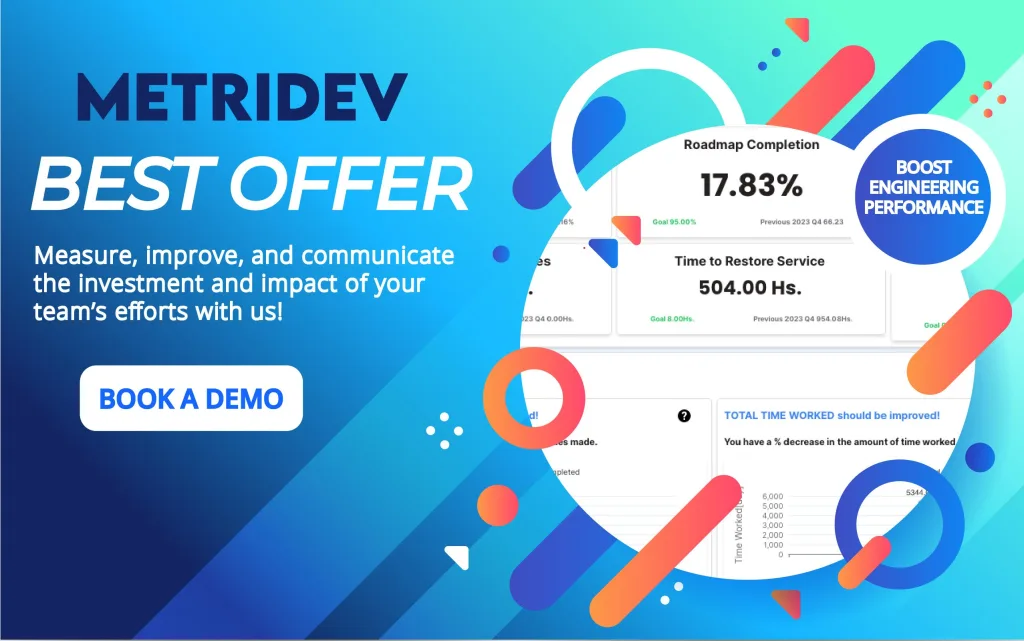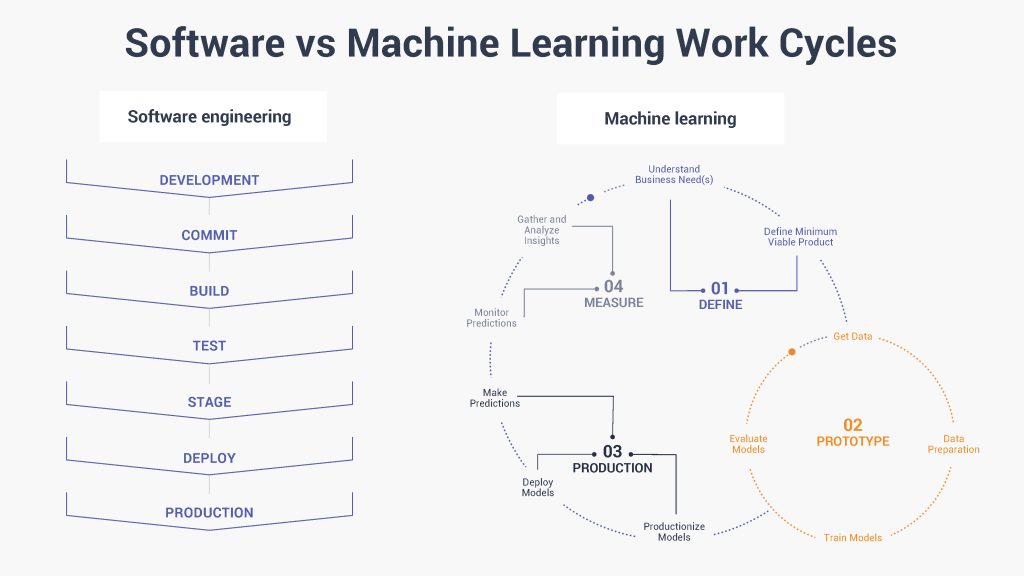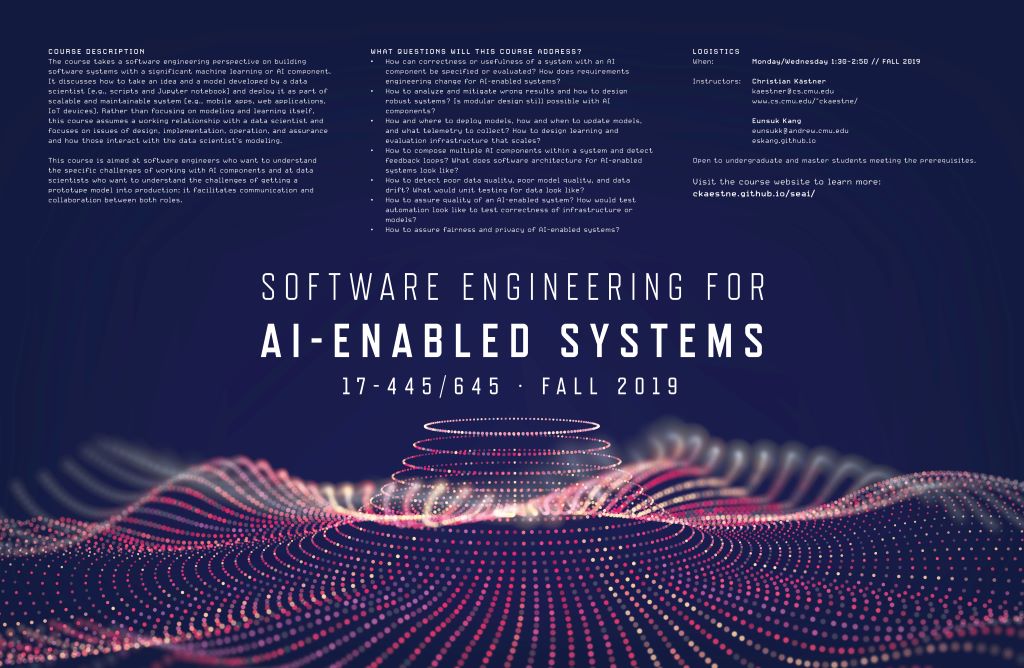All Categories
Featured
Table of Contents
- – The Facts About Machine Learning Is Still Too ...
- – The Buzz on What Is The Best Route Of Becoming...
- – All About Llms And Machine Learning For Softw...
- – The Of How Long Does It Take To Learn “Machin...
- – 7 Simple Techniques For 5 Best + Free Machin...
- – The Best Guide To Interview Kickstart Launch...
- – Our Machine Learning Course PDFs
Some individuals believe that that's unfaithful. If somebody else did it, I'm going to utilize what that person did. I'm compeling myself to believe with the possible solutions.
Dig a little bit deeper in the math at the start, just so I can build that structure. Santiago: Lastly, lesson number 7. I do not believe that you have to comprehend the nuts and screws of every formula before you utilize it.
I have actually been using neural networks for the longest time. I do have a sense of how the slope descent functions. I can not explain it to you today. I would need to go and check back to in fact obtain a much better instinct. That doesn't mean that I can not solve things using neural networks, right? (29:05) Santiago: Trying to require individuals to assume "Well, you're not mosting likely to succeed unless you can explain every single detail of how this works." It returns to our sorting example I assume that's simply bullshit guidance.
As an engineer, I've dealt with numerous, lots of systems and I have actually utilized lots of, lots of things that I do not comprehend the nuts and bolts of just how it works, also though I comprehend the impact that they have. That's the last lesson on that string. Alexey: The amusing point is when I believe concerning all these libraries like Scikit-Learn the formulas they use inside to execute, as an example, logistic regression or another thing, are not the exact same as the algorithms we research in machine learning courses.
The Facts About Machine Learning Is Still Too Hard For Software Engineers Uncovered
Also if we attempted to learn to obtain all these fundamentals of machine discovering, at the end, the formulas that these collections utilize are various. Santiago: Yeah, definitely. I believe we need a great deal much more pragmatism in the sector.

By the way, there are two different paths. I typically talk to those that wish to function in the market that want to have their effect there. There is a path for scientists which is completely different. I do not risk to speak about that because I do not understand.
Right there outside, in the market, pragmatism goes a long way for sure. Santiago: There you go, yeah. Alexey: It is a great motivational speech.
The Buzz on What Is The Best Route Of Becoming An Ai Engineer?
One of the things I wanted to ask you. First, allow's cover a pair of things. Alexey: Allow's begin with core devices and structures that you need to learn to really shift.
I recognize Java. I recognize SQL. I know just how to make use of Git. I understand Bash. Perhaps I understand Docker. All these things. And I find out about device knowing, it looks like an amazing point. What are the core devices and structures? Yes, I saw this video and I get encouraged that I don't need to get deep into mathematics.
What are the core devices and frameworks that I need to discover to do this? (33:10) Santiago: Yeah, absolutely. Great concern. I believe, number one, you ought to begin finding out a little bit of Python. Given that you currently recognize Java, I do not think it's mosting likely to be a significant transition for you.
Not since Python is the same as Java, but in a week, you're gon na obtain a lot of the distinctions there. Santiago: After that you get specific core devices that are going to be used throughout your entire profession.
All About Llms And Machine Learning For Software Engineers
That's a library on Pandas for information adjustment. And Matplotlib and Seaborn and Plotly. Those 3, or one of those three, for charting and displaying graphics. You obtain SciKit Learn for the collection of device understanding formulas. Those are devices that you're going to have to be using. I do not recommend just going and discovering them unexpectedly.
Take one of those courses that are going to begin introducing you to some troubles and to some core concepts of device knowing. I do not remember the name, yet if you go to Kaggle, they have tutorials there for complimentary.
What's excellent concerning it is that the only need for you is to know Python. They're mosting likely to present a trouble and inform you how to make use of choice trees to solve that particular trouble. I assume that process is incredibly effective, since you go from no device learning background, to recognizing what the problem is and why you can not resolve it with what you understand right now, which is straight software application engineering practices.
The Of How Long Does It Take To Learn “Machine Learning” From A ...
On the other hand, ML engineers specialize in building and deploying artificial intelligence versions. They focus on training designs with information to make forecasts or automate tasks. While there is overlap, AI engineers manage even more varied AI applications, while ML designers have a narrower concentrate on artificial intelligence formulas and their useful implementation.

Machine understanding engineers focus on creating and releasing device discovering designs into production systems. They service design, ensuring models are scalable, effective, and incorporated right into applications. On the various other hand, information researchers have a wider role that consists of data collection, cleaning, expedition, and building designs. They are frequently responsible for removing understandings and making data-driven choices.
As organizations increasingly adopt AI and machine learning modern technologies, the need for proficient specialists expands. Machine knowing engineers work with sophisticated projects, add to development, and have affordable salaries. Success in this area needs continual understanding and maintaining up with developing innovations and methods. Device discovering duties are generally well-paid, with the possibility for high gaining capacity.
ML is fundamentally various from traditional software development as it concentrates on mentor computer systems to gain from data, instead of shows specific regulations that are executed methodically. Unpredictability of end results: You are most likely used to creating code with foreseeable results, whether your function runs as soon as or a thousand times. In ML, nonetheless, the results are less particular.

Pre-training and fine-tuning: Exactly how these models are educated on substantial datasets and afterwards fine-tuned for specific tasks. Applications of LLMs: Such as text generation, sentiment evaluation and info search and retrieval. Documents like "Attention is All You Required" by Vaswani et al., which introduced transformers. On-line tutorials and courses concentrating on NLP and transformers, such as the Hugging Face course on transformers.
7 Simple Techniques For 5 Best + Free Machine Learning Engineering Courses [Mit
The capacity to take care of codebases, merge adjustments, and fix conflicts is equally as crucial in ML development as it is in typical software application projects. The skills developed in debugging and screening software application applications are highly transferable. While the context could alter from debugging application logic to determining problems in information handling or model training the underlying principles of organized investigation, theory testing, and repetitive refinement are the same.
Maker learning, at its core, is heavily reliant on stats and probability concept. These are essential for understanding how formulas discover from information, make forecasts, and evaluate their performance.
For those interested in LLMs, a detailed understanding of deep discovering designs is useful. This includes not just the technicians of neural networks however also the architecture of specific versions for different use instances, like CNNs (Convolutional Neural Networks) for photo processing and RNNs (Frequent Neural Networks) and transformers for sequential information and all-natural language processing.
You ought to be conscious of these issues and discover strategies for recognizing, reducing, and interacting concerning bias in ML versions. This consists of the possible impact of automated choices and the moral implications. Many designs, particularly LLMs, require considerable computational sources that are frequently offered by cloud platforms like AWS, Google Cloud, and Azure.
Structure these abilities will certainly not only assist in a successful shift right into ML however also make sure that programmers can contribute efficiently and sensibly to the advancement of this vibrant field. Concept is important, but nothing defeats hands-on experience. Beginning dealing with projects that enable you to apply what you've discovered in a useful context.
Take part in competitions: Join platforms like Kaggle to get involved in NLP competitions. Develop your projects: Begin with basic applications, such as a chatbot or a message summarization device, and gradually boost complexity. The field of ML and LLMs is swiftly developing, with new innovations and innovations emerging routinely. Remaining updated with the current research and fads is critical.
The Best Guide To Interview Kickstart Launches Best New Ml Engineer Course
Contribute to open-source jobs or compose blog posts about your discovering trip and projects. As you obtain experience, begin looking for opportunities to include ML and LLMs into your work, or look for new functions concentrated on these modern technologies.

Vectors, matrices, and their function in ML algorithms. Terms like design, dataset, functions, labels, training, reasoning, and validation. Data collection, preprocessing techniques, model training, examination processes, and release considerations.
Choice Trees and Random Forests: Intuitive and interpretable designs. Assistance Vector Machines: Maximum margin classification. Matching problem types with proper models. Stabilizing performance and intricacy. Standard framework of neural networks: nerve cells, layers, activation functions. Split computation and ahead propagation. Feedforward Networks, Convolutional Neural Networks (CNNs), Reoccurring Neural Networks (RNNs). Photo acknowledgment, series prediction, and time-series analysis.
Information circulation, improvement, and attribute design methods. Scalability concepts and efficiency optimization. API-driven approaches and microservices assimilation. Latency administration, scalability, and version control. Continuous Integration/Continuous Deployment (CI/CD) for ML process. Model surveillance, versioning, and performance tracking. Detecting and dealing with changes in model performance gradually. Dealing with performance traffic jams and resource administration.
Our Machine Learning Course PDFs

You'll be presented to 3 of the most pertinent elements of the AI/ML technique; monitored learning, neural networks, and deep learning. You'll comprehend the distinctions between traditional programming and maker learning by hands-on development in supervised discovering prior to constructing out complicated dispersed applications with neural networks.
This training course acts as a guide to device lear ... Program Extra.
Table of Contents
- – The Facts About Machine Learning Is Still Too ...
- – The Buzz on What Is The Best Route Of Becoming...
- – All About Llms And Machine Learning For Softw...
- – The Of How Long Does It Take To Learn “Machin...
- – 7 Simple Techniques For 5 Best + Free Machin...
- – The Best Guide To Interview Kickstart Launch...
- – Our Machine Learning Course PDFs
Latest Posts
The Best Strategies For Answering Faang Behavioral Interview Questions
Where To Find Free Mock Technical Interviews Online
The Most Common Software Engineer Interview Questions – 2025 Edition
More
Latest Posts
The Best Strategies For Answering Faang Behavioral Interview Questions
Where To Find Free Mock Technical Interviews Online
The Most Common Software Engineer Interview Questions – 2025 Edition